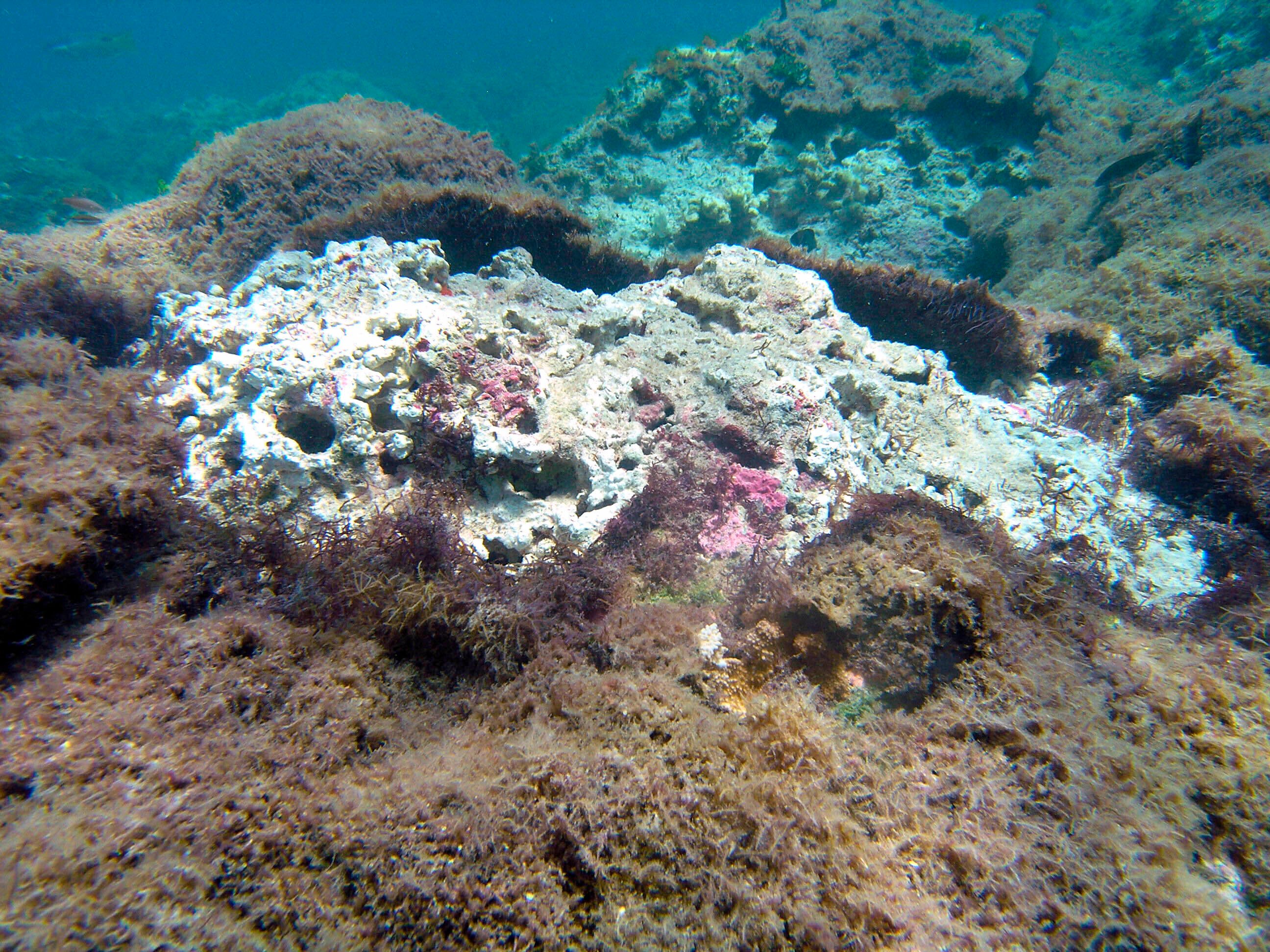The Killer Seaweed Threatening Australia's Marine Life

Table of Contents
Identifying the Invasive Seaweed Threat
Species Identification and Origin
The primary culprit behind this ecological crisis is often Caulerpa taxifolia, a species of invasive seaweed also known as "killer algae." While other invasive seaweed species contribute to the problem in Australia, Caulerpa taxifolia is particularly notorious due to its rapid growth rate and aggressive competitive abilities. This seaweed, originating from the Mediterranean Sea, likely arrived in Australian waters through ballast water discharge from ships or accidental introduction via aquaculture activities. Its introduction represents a significant threat to the nation's biodiversity.
- Scientific name: Caulerpa taxifolia
- Common name: Killer algae, invasive seaweed
- Geographic origin: Mediterranean Sea
- Likely pathway of introduction: Ballast water, aquaculture
The Devastating Impact on Australia's Marine Ecosystems
Habitat Destruction and Biodiversity Loss
The invasive seaweed's impact on Australia's marine life is catastrophic. Its rapid growth creates dense mats that smother native seagrass beds and other benthic habitats. This habitat destruction leads to a significant decline in biodiversity, impacting numerous species. The seaweed outcompetes native flora and fauna through several mechanisms:
- Shading: Dense Caulerpa taxifolia mats block sunlight, preventing the growth of photosynthetic organisms like seagrasses.
- Allelopathy: The seaweed releases chemical compounds that inhibit the growth of neighboring plants and animals.
- Physical displacement: The expansive growth of the seaweed physically displaces native species, reducing available space and resources.
This loss of habitat has devastating consequences for numerous native species, including commercially important fish and invertebrates. The extent of the damage varies regionally, but in severely affected areas, the loss of native species and overall biodiversity can be dramatic. Several scientific studies have documented these detrimental impacts, highlighting the urgency of the situation.
Current Control and Management Strategies
Methods of Seaweed Removal and Control
Controlling the spread of invasive seaweed in Australia requires a multi-pronged approach. Various methods are employed, each with its own limitations and environmental considerations:
- Manual removal: This labor-intensive method involves physically removing the seaweed from affected areas. While effective on a small scale, it's impractical for large infestations.
- Chemical control: Herbicides can be used to kill the invasive seaweed, but their application raises significant environmental concerns due to potential impacts on non-target species.
- Biological control: Researchers are exploring the potential of using biological control agents, such as specific herbivores or pathogens, to manage the seaweed. However, this approach requires rigorous testing to ensure it doesn't introduce new ecological problems.
- Monitoring and surveillance programs: Ongoing monitoring and surveillance are crucial to detect new infestations and track the spread of existing ones. Early detection allows for quicker and more effective intervention.
The Economic and Social Implications
Impact on Fisheries, Tourism, and Coastal Communities
The economic and social consequences of the invasive seaweed infestation are far-reaching. The decline in marine biodiversity directly impacts fishing industries, reducing fish stocks and affecting the livelihoods of many coastal communities. Furthermore, the unsightly appearance of the seaweed negatively impacts tourism and recreational activities, leading to economic losses.
- Impact on fishing industries: Reduced fish populations directly translate to lower catches and decreased income for fishers.
- Effect on tourism: The presence of invasive seaweed can deter tourists, impacting businesses that rely on coastal tourism.
- Costs associated with control and management: The efforts to control and manage the seaweed represent significant financial burdens for governments and local communities.
- Potential job losses and economic hardship: The combined effects of habitat destruction and economic downturn can lead to job losses and significant economic hardship in coastal communities.
Conclusion
The invasive seaweed threat to Australia's marine life is a serious and escalating problem. This article highlighted the identification of the killer algae, Caulerpa taxifolia, its devastating impact on marine ecosystems, the current control methods employed, and the broader economic and social consequences. Protecting Australia's unique marine environment requires immediate action. Learn more about the killer seaweed threat and how you can contribute to its control. Report any sightings to the relevant authorities and help safeguard our oceans for future generations. We must act decisively to combat this invasive seaweed threat and preserve the health and vitality of Australia's magnificent marine life for years to come.

Featured Posts
-
 Misteri Kawasaki Z H2 Alasan Motor 197 Hp Ini Tak Jual Di Indonesia
May 30, 2025
Misteri Kawasaki Z H2 Alasan Motor 197 Hp Ini Tak Jual Di Indonesia
May 30, 2025 -
 Via Rails High Speed Rail Ambitions A 330 000 Marketing Investment
May 30, 2025
Via Rails High Speed Rail Ambitions A 330 000 Marketing Investment
May 30, 2025 -
 Evan Longorias Retirement Reflecting On A Rays Legacy
May 30, 2025
Evan Longorias Retirement Reflecting On A Rays Legacy
May 30, 2025 -
 Programma Tileorasis Savvatoy 3 5 Odigos Metadoseon
May 30, 2025
Programma Tileorasis Savvatoy 3 5 Odigos Metadoseon
May 30, 2025 -
 Kyriaki 11 5 Ti Na Deite Stin Tileorasi
May 30, 2025
Kyriaki 11 5 Ti Na Deite Stin Tileorasi
May 30, 2025
